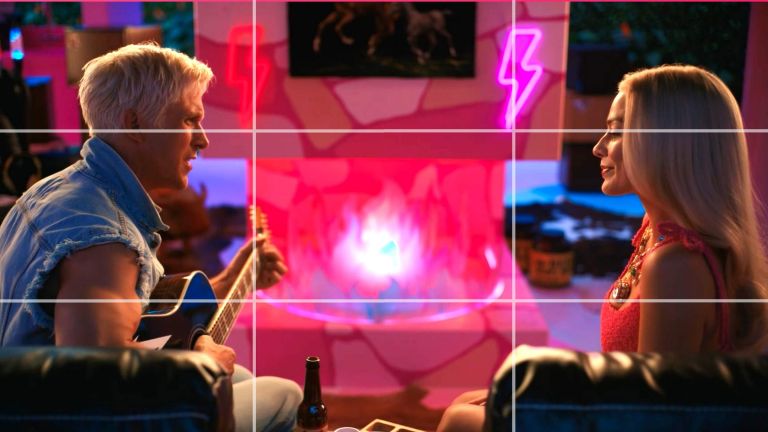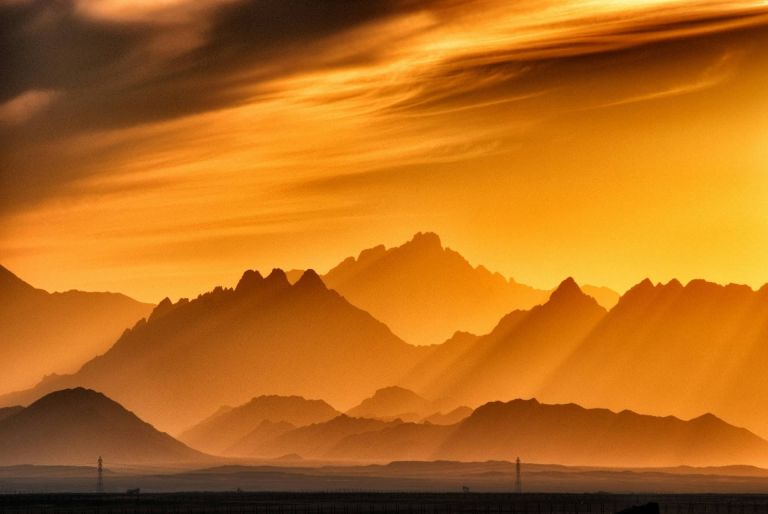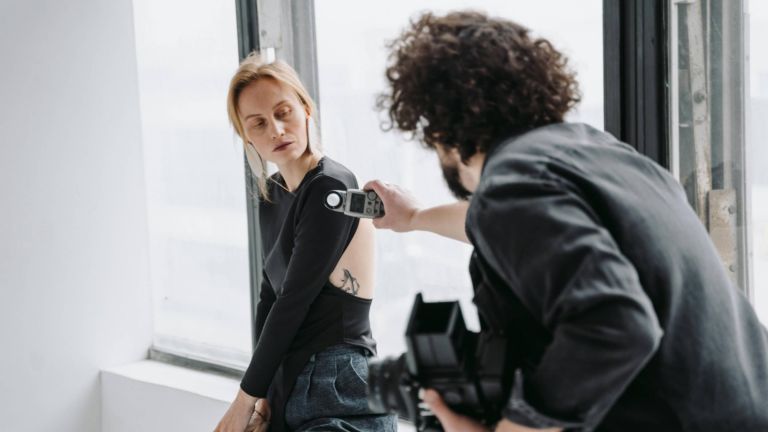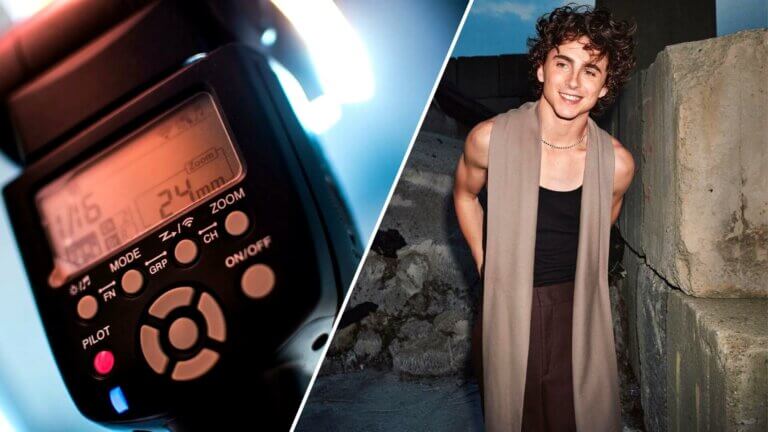The term “coverage” is used in the world of film all the time – but what is coverage in film? Fear not, today we’re going to answer that question by breaking down its definition alongside some examples. By the end, you’ll not only know what film coverage is, you’ll know how to identify its different types.Continue reading A Beginner’s Guide to Film Coverage
[tcb-script type="application/ld+json"]{"@context":"http://schema.org/","@type":"ItemList","itemListOrder":"http://schema.org/ItemListOrderAscending","itemListElement":[{"@type":"ListItem","position":1,"item":{"@type":"CreativeWork","name":"Free Shot List & Storyboard Software for Creatives: StudioBinder","description":"Visualize your scenes with intuitive shot list and storyboard software, built natively into the world’s leading video, TV & film production management software.","url":"https://www.studiobinder.com/shot-list-storyboard/","image":["https://s.studiobinder.com/wp-content/uploads/2017/06/StudioBinder-Shot-List-Template-and-Storyboard-Template-Shot-List-Software.png"],"id":"shot-list-storyboard"}},{"@type":"ListItem","position":2,"item":{"@type":"CreativeWork","name":"How to Make a Shot List Using StudioBinder’s Shot List Software","description":"Maximize your shooting days by learning the ins-and-outs of shot lists. This step-by-step guide explains everything on how to make a shot list.","url":"https://www.studiobinder.com/blog/how-to-make-a-shot-list-software/","image":["https://s.studiobinder.com/wp-content/uploads/2018/01/How-to-Make-a-Shot-List-with-StudioBinders-Shot-List-Software-Header-StudioBinder.jpg"],"id":"how-to-make-a-shot-list-software"}},{"@type":"ListItem","position":3,"item":{"@type":"CreativeWork","name":"Shot Listing Like a Pro: When Do You Create a Shot List?","description":"Written by a working 1st AD, we'll cover the value of shot lists, and provides real-world examples of when you need to make a shot list…
There will be moments in any good story where the main character is under duress. Where something is... wrong. How does a filmmaker convey this? With a Dutch angle. A Dutch angle is a classic cinematic technique to create unease inside the mind of the viewer. In this post, we’ll break down Dutch angles so that you can use them in your next project.Continue reading Dutch Angles: Creative Examples of Camera Movements & Angles
What is the rule of thirds? The rule of thirds is an effective way to frame the elements in your scene so that the resulting image is much more visually captivating. Like most other filmmaking “rules,” it’s not really a rule at all — more of a golden guideline.It’s also an incredibly easy rule to try: any level photographer or cinematographer can use it. First, let’s define it by showing you some rule of thirds examples, then explore how it’s used in film.Continue reading What is the Rule of Thirds — Definition and Examples
Golden hour is a term to describe a certain kind of light that is incredibly pleasing to the eye, and also looks incredibly cinematic. But what is it? And when is golden hour? We'll look at some examples from top Hollywood filmmakers as well as tips on how you can capture images in this incredible light.Continue reading When is Golden Hour? How to Capture the Perfect Light
In the world of filmmaking, there are a variety of creative techniques that can enhance the storytelling and visual experience for viewers. One such technique is bullet time, which has become increasingly popular over the years. The technique makes time itself feel paused, allowing us, the viewers, to examine each detail in a scene that would otherwise have been lost in the blink of an eye. It is a fascinating blend of technology and artistry. But what is bullet time, exactly, and how does it work? Continue reading What is Bullet Time in Film — The Art of Extreme Slow-Mo
Picture this: you're capturing a breathtaking sunset over the ocean, the warm hues painting the sky. To elevate the ethereal beauty of the scene, you reach for your trusted companion - the diffusion filter. The diffusion filter has gained popularity for its ability to transform images and scenes. In this article, we'll provide a comprehensive understanding of what a diffusion filter is, its effects on image quality, and how it can be utilized effectively in different scenarios.Continue reading What is a Diffusion Filter — Effects and Uses Explained
Photography is an art that allows us to capture moments, tell stories, and express emotions. One of the most important, yet often overlooked, aspects of photography is the backdrop. The backdrop can dramatically change the overall look and feel of the picture, setting the scene and emphasizing the subject. In this article, we'll delve into what a photography backdrop is, explore its various uses, and discuss the different types of backdrops available. Continue reading What is a Backdrop in Photography — Types & Creative Uses
Have you ever wondered how the pros get their photos and films to look just so perfectly lit? One of their secrets is a trusty tool called a light meter. Whether you're a budding photographer, an avid cinematographer, or just someone curious about the magic behind impactful visuals, understanding how a light meter works can significantly elevate your craft. In this guide, we're dissecting the world of light meters. We'll explore what they do, how they work, and why they're considered invaluable to visual storytellers. Continue reading What is a Light Meter — Types, Functions, & How They Work
Photography is the art of capturing images by harnessing light. However, what if the available light is insufficient? This is where the magic of flash photography comes into play. In this article, we'll analyze the fundamental reasons why photographers choose to incorporate flash photography into their craft, as well as the captivating creative effects it can produce.Continue reading What is Flash Photography — Definition and Creative Uses



















